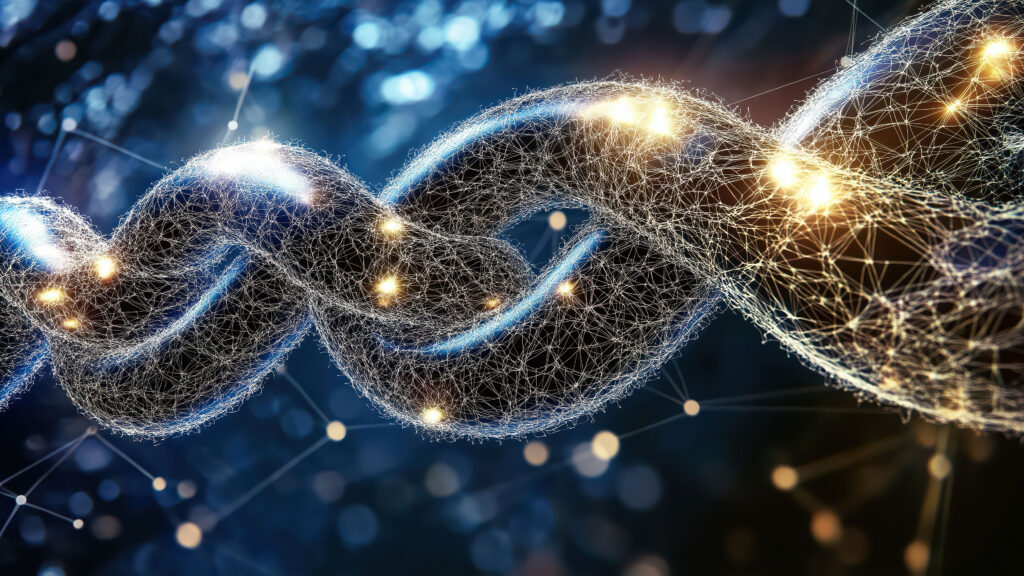Finland has a Role in the EU Battery Mineral Value Chain Especially in Nickel and Cobalt
A new research report by Geological Survey of Finland GTK presents an assessment of Finland’s current and prospective contribution to the European battery value chain. It confirms that the country already supplies significant nickel and cobalt from mine to refinery and could broaden extraction and processing of several other critical minerals. Set against rising global competition for battery inputs, the report positions Finland as a substantive, strategically located source of raw materials essential for electric-vehicle and energy-storage technologies.

The report “Finnish Battery Minerals for the Green Transition in the Context of Global Value Chains and Markets” summarizes the results of a research project conducted to evaluate the Finnish potential for battery minerals and provide an in-depth review of the global context.
Finnish deposits are evaluated according to their potential to strengthen the Finnish as well as the EU battery value chain. The production of battery chemicals in Finland is currently being established partially around the existing upstream value chain (mining, processing, refining).
The battery value chain comprises all phases of a battery’s life cycle, including access to raw materials, manufacturing, field use and recycling. Typical minerals and metals used in battery value chains are copper, cobalt, lithium, manganese, natural graphite, nickel and vanadium.
70% of the production comes from China
Currently, the battery market is undergoing a transformation due to the increased demand for batteries and EVs. As such, battery minerals are increasingly gaining importance and becoming the focus of global geopolicy and decision makers, especially in the Western Hemisphere.
“When talking about critical raw materials, it is important to understand that though we talk about needs of the countries, institutions or areas, such as EU, the actors are actually the companies,” says Patrick Friedrichs, Senior Scientist, GTK.
China is at the forefront of production accounting up to 70% for all minerals and metals in the upstream production. Nevertheless, the most critical raw materials for all three key players (the EU, the US and China) include aluminium, antimony, cobalt, copper, fluorspar, graphite, lithium, nickel, rare earths and tungsten, i.e., at least 5 out of the 7 minerals that are needed to produce batteries.
Most importantly, many of these minerals can also be found in Finland. Thus, Finland has considerable potential for the production of a large variety of battery minerals and for the development of the refining and manufacture of these into finished products.
Nickel, copper, cobalt and platinum group metals are currently produced and processed in Finland, and mine projects are being developed that will further increase their production. Nevertheless, Finland is not currently a lithium producing country, although it hosts several known lithium deposits.
More information
The report “Finnish Battery Minerals for the Green Transition in the Context of Global Value Chains and Markets”
Patrick Friedrichs, Bo Långbacka, Martina Bertelli and Mari Kivinen
Patrick Friedrichs, Senior Specialist
Geological Survey of Finland
patrick.friedrichs@gtk.fi
